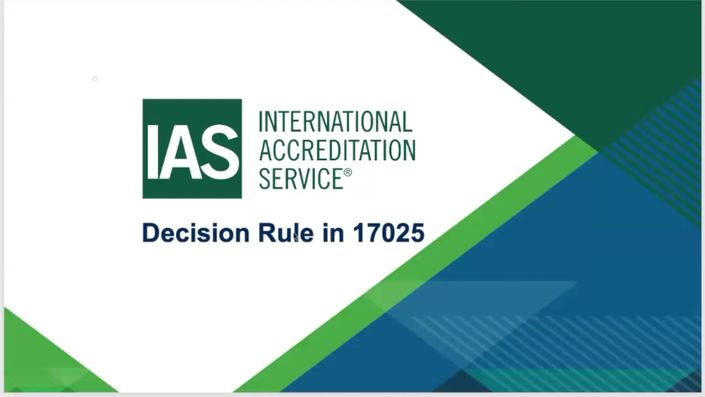
The Decision Rule in 17025
Understanding and Implementing Decision Rules in 17025
All measurements made in accredited laboratories must include some consideration of the uncertainty of measurement. Today that approach has been expanded to include the uncertainty of measurement in any statement of compliance that a laboratory may make based on the measured results.
How does uncertainty affect the demonstrated compliance of a measurement?
Learn the most common approaches in making easy use of evaluated and estimated uncertainties in making conformant statements of compliance in test and calibration reports.
Outline:
- Introduction
- How uncertainty affects a measurement to a specification.
- The conformance area
- Non-conformance areas
- The “doubt zone”
- Guard banding
- Qualitative results
- Changing the rules based on knowledge of the science
Your Instructor

Helga was the Calibration Program Manager for IAS. Her experience included 13 years at the Keithley Instrument Calibration Lab, leading to her management of their primary standards lab. She first became involved in accreditation in 2008 and became a calibration laboratory assessor in 2013.
Prior to assuming responsibility for the IAS Calibration Laboratory Accreditation Program, she had spent four years with Southern Research Institute as their Quality Manager.
At that time, Helga represented IAS at NCSLI and was the Convenor of the APAC Calibration Sub Committee of the APAC Technical Committee.
